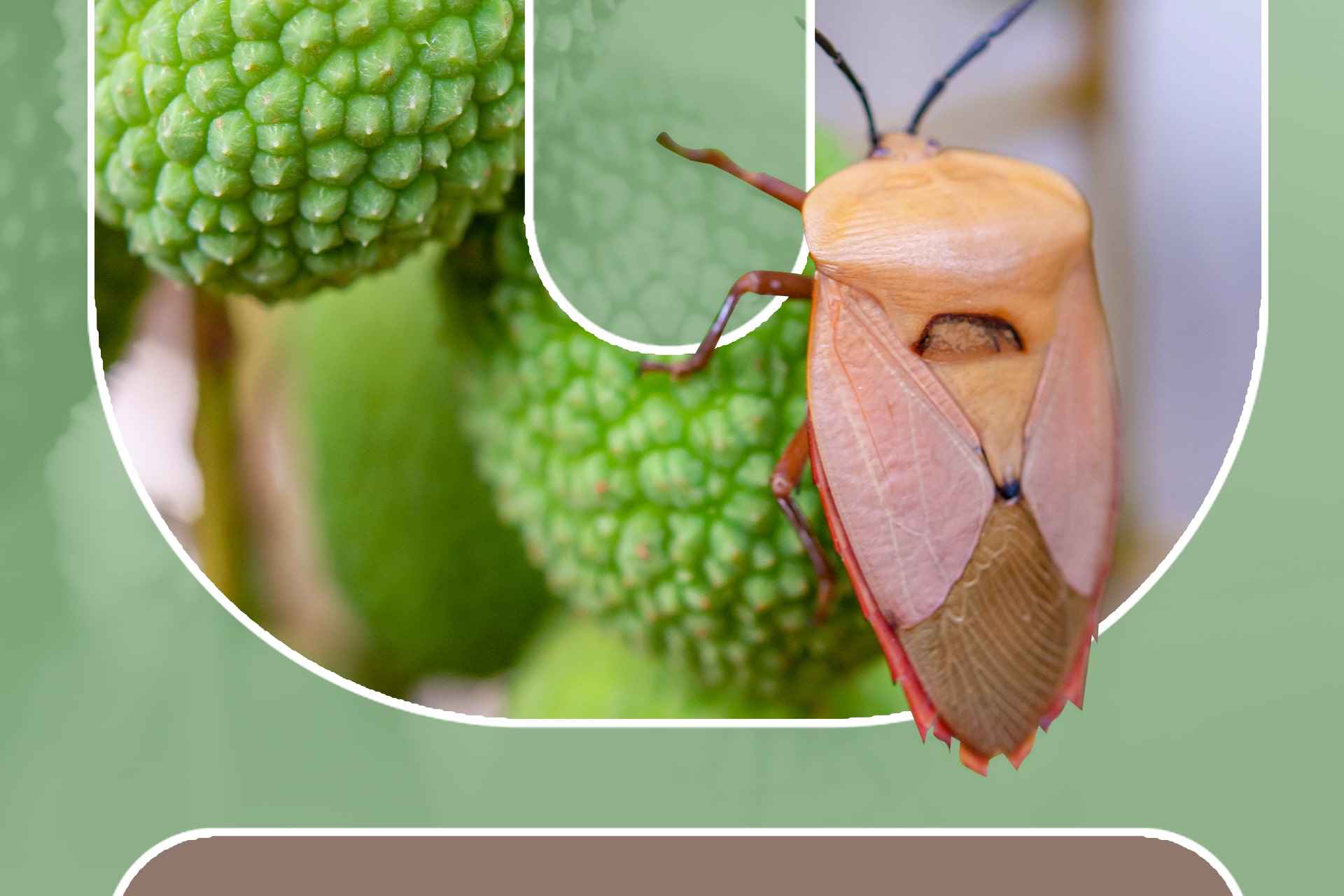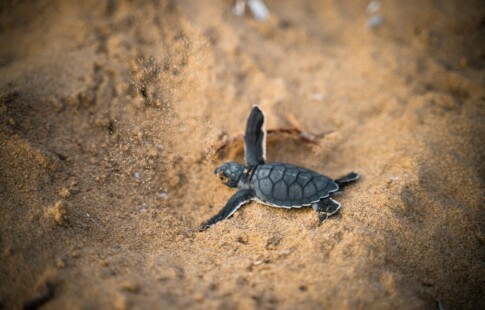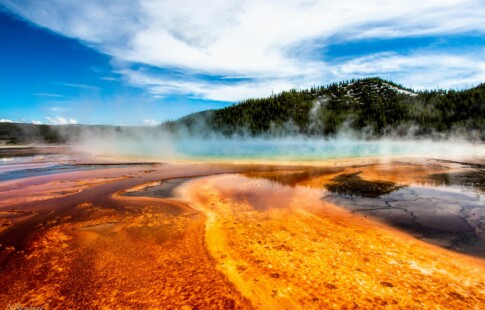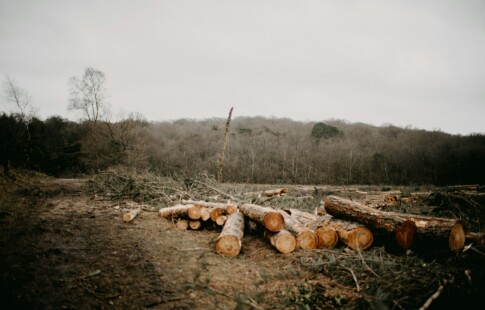
How Do Invasive Species Spread?
We are reader-supported. When you buy through links on our site, we may earn affiliate commission.
Every species was made to have its own environment where it can grow and thrive. When those species are placed in a new environment, they’re invasive to the land.
Invasive species can be plants, animals or microorganisms, and they often threaten native wildlife. However, not all invasive species will harm natives, which in that case, they’re considered nonnative.
These species can make their home in almost any habitat type, whether it be a forest, a lake, an ocean, farms or cities.
When Are Species Considered Invasive?
When a nonnative species harms a native environment, human health or the economy, it is considered invasive. These species can quickly take over — they repopulate rather rapidly and spread aggressively since they’re new to the environment. They want to make their presence known in the new habitat setting.
Invasive species don’t have to come from another country. They can come from another state or even within a state. Any plant, animal or microorganism that isn’t native to a particular region and causes harm will be invasive.
When they spread, they make a significant impact on the environment and the economy. If an invasive species enters an industrial farm and destroys crops, farmers will lose millions of dollars. Plus, they can reduce biodiversity, cause extinction in native species and drastically alter the surrounding habitat.
It’s no doubt that invasive species are a threat, but it makes you wonder — how do invasive species spread in the first place? Here are just some ways invasive species enter new environments, whether intentional or unintentional.
Intentional Spreading
Surprise — intentional human spreading is a cause of invasive species entering habitats they shouldn’t be in. Sometimes, humans will bring in an invasive species to control another invasive species or control wildlife populations. Others are brought to an environment for human purposes, like pets or horticulture.
Intentional introduction of invasive species is neither good nor bad. However, the outcome of the introduction is what can be labeled as beneficial or destructive.
One example of an intentionally introduced species is the Asian Carp. Initially, humans imported it to the United States to filter fish farm ponds. While it may have been a controlled release at first, flooding allowed them to be released to other areas of the country.
They have no natural predators in the U.S., and the females lay millions of eggs at a time. Asian carp are capable of human injury as they leap from the water and can injure boaters.
Unintentional Human Activity
Most human activity is unintentional in the spread of invasive species. You probably have accidentally transferred invasive species without even knowing it. These are just some ways that could happen:
- Moving firewood: You may have heard to only purchase and use local firewood. There’s a reason for that — insects and other smaller organisms can hide in the firewood. If you get firewood from miles away or have it imported, those insects have now found a new habitat that isn’t their own. Hence, this makes them invasive.
- Fishing equipment: Fishers use bait like worms, small fish or crayfish to get a big catch. Once the fishing season is over, anglers may dump leftover bait into the river, lake or ocean they fish. However, the bait most likely isn’t native to each body of water, which changes the fishing spot forever.
- Ornamental plants escaping: Maybe you got a cool new houseplant as a gift. Houseplants are great as long as they stay in the home. However, pollinators could aid in distributing the plant matter to other places, which spreads the invasive plant.
- Released pets: Like with plants, exotic animals find their way into homes. Those animals may escape or be released into the wild. The action may seem harmless, but native animals and plants don’t have the defense mechanisms to fight off the invasive organism.
- Water vehicles: Cargo ships easily carry aquatic organisms in their ballast water. Plus, marine life can attach itself to smaller boat propellers. Before you know it, those animals or plants are miles from where they originated.
These are all unintentional, but still carry a significant amount of the invasive species that are introduced.
Natural Occurrences
Finally, there are natural occurrences that transport invasive species. This is also unintentional, and it’s pretty much unavoidable.
Natural disasters like hurricanes or floods can carry organisms across states and far into the ocean. Strong winds might blow plant matter and insects to a new region. Animals might carry microorganisms or insects with them to a new area where the insects aren’t native.
Although these are natural occurrences, it doesn’t make introducing the invasive species any less dangerous. The invasive species still spread.
How to Slow the Spread
Prevention is the best way to slow the spread of invasive species. Be mindful of the environment you’re in and know the natives, so if you see something invasive, you can spread the word about it.
If you’re out on a hike, clean your gear before entering your vehicle to go back home. The same goes for boating or fishing equipment. Additionally, keep your firewood local, ask about a plant before purchasing it, and don’t release any animals into the wild if they’re not native to the land.
The best thing you can do is educate yourself and others about invasive species and their impact on the environment, health and economy.
Share on
Like what you read? Join other Environment.co readers!
Get the latest updates on our planet by subscribing to the Environment.co newsletter!
About the author

Jane Marsh
Starting from an early age, Jane Marsh loved all animals and became a budding environmentalist. Now, Jane works as the Editor-in-Chief of Environment.co where she covers topics related to climate policy, renewable energy, the food industry, and more.





